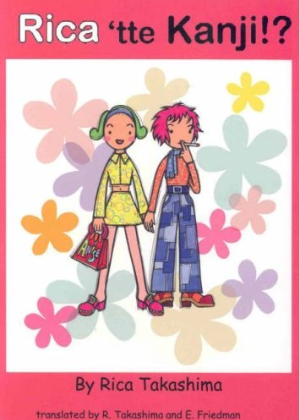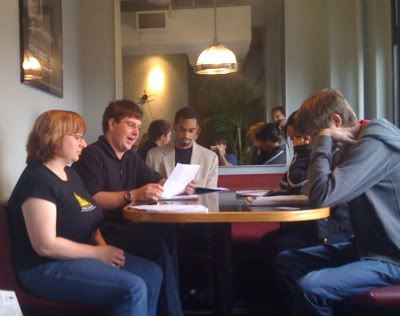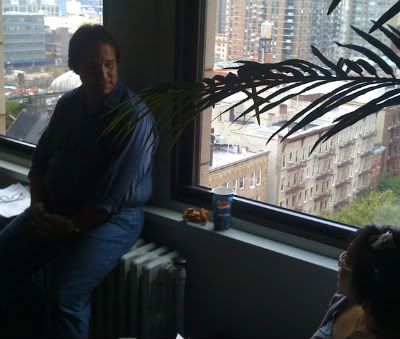The Anime Almanac’s Top 10 Posts of 2008
Monday, December 29th, 2008Last week, I reviewed the past year in terms of anime releases, manga release, and the best and worst companies in the industry. However, there was still one more thing that gained a lot of traction and notice in 2008 –
The Anime Almanac and its ever lovable blogger! (^_^)
I started this blog a few years ago while in college, but the stress and time I needed to devote to school work left the site on a constant hiatus. I’d pop up during a school break to make a post, but for the most part, this site failed to get anywhere do to my lack of consistency.
When I attended the New York Anime Festival a year ago, several different events occurred that I felt needed to be told to the world. I had four posts already in mind, but I didn’t just want to pop in to post those few things and then disappear again. If I was going to be returning to blogging, this time I was going to commit myself to something big.
So I bought the animealmanac.com domain name, I redesigned the site to have a more contemporary feel (which I later redesigned to have a more moé feel), and I set a goal for myself – I would post at least one article every week.
These changes paid off quickly and tremendously. I started off the year as just another opinionated jerk with a blog, but I ended it as an opinionated jerk with a press badge, access to exclusive interviews and information, a professional reputation, and a growing readership who look forward to seeing what I’ll write next.
This week, I’d like to go over my top ten posts over that past year and why they made the Anime Almanac the site it is today.




 Haré + Guu is the story of boy named Haré who lives in a small jungle village with his mother, Weda. After a night of partying, Weda unexplainably brings home an adorable pink-haired girl named Guu to live with them. But after a while, Haré discovers that Guu is not at all what she appears to be, and she makes his world a nightmare with all her crazy antics. The original Japanese title, Jungle wa Itsumo Hare Nochi Guu, is a play on Haré’s name meaning “sunny and nice” and can be interpreted as “the jungle was always nice, and then along came Guu.”
Haré + Guu is the story of boy named Haré who lives in a small jungle village with his mother, Weda. After a night of partying, Weda unexplainably brings home an adorable pink-haired girl named Guu to live with them. But after a while, Haré discovers that Guu is not at all what she appears to be, and she makes his world a nightmare with all her crazy antics. The original Japanese title, Jungle wa Itsumo Hare Nochi Guu, is a play on Haré’s name meaning “sunny and nice” and can be interpreted as “the jungle was always nice, and then along came Guu.”